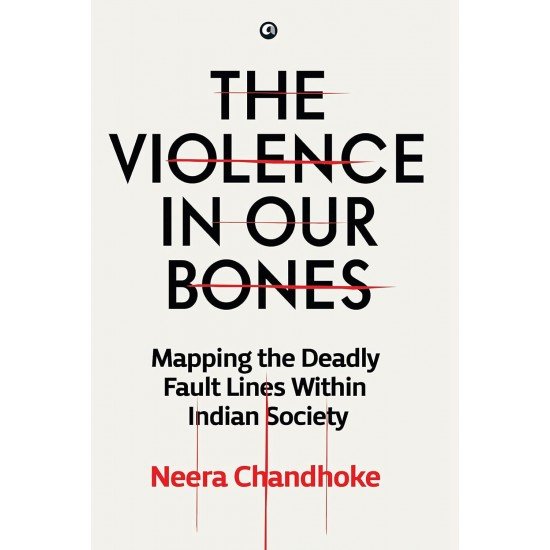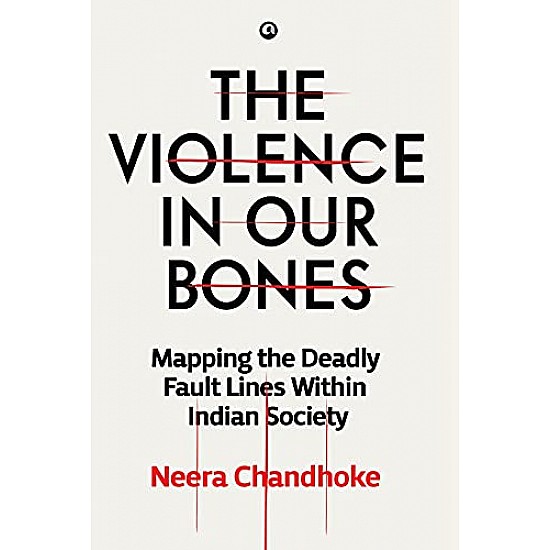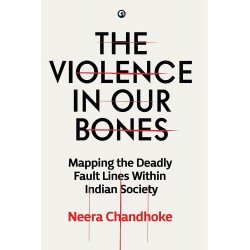THE VIOLENCE IN OUR BONES: MAPPING THE DEADLY FAULT LINES WITHIN INDIAN SOCIETY




- Stock: In Stock
- Brand: generic
- Model: 9789390652426
- Weight: 0.20kg
- Dimensions: 12.00cm x 15.00cm x 6.00cm
- SKU: BCGSDFF
- ISBN: 9789390652426
Description
The Violence in Our Bones: Mapping the Deadly Fault Lines within Indian Society
India, a land of diverse cultures, languages, and traditions, is also a country deeply entrenched in a web of social, economic, and political fault lines. These fault lines, often stemming from historical prejudices and power imbalances, manifest themselves in various forms of violence that plague Indian society. From caste-based discrimination to religious intolerance, gender-based violence to communal riots, the landscape of violence in India is complex and multifaceted.
Understanding the Fault Lines
One of the most pervasive fault lines in Indian society is the caste system. Dating back thousands of years, the caste system divides society into hierarchical groups, with each group assigned a specific role and status. This rigid social structure has led to systemic discrimination and marginalization of lower-caste communities, often resulting in violence and oppression.
Similarly, religious fault lines in India have often been a source of conflict and violence. The country's history is marred with instances of communal riots and religious persecution, fueled by extremist ideologies and political agendas. The tension between different religious communities has led to a deep sense of mistrust and animosity, further perpetuating the cycle of violence.
Gender-based violence is another fault line that runs deep within Indian society. Women and girls face widespread discrimination, harassment, and abuse on a daily basis, with incidents of rape, domestic violence, and dowry deaths making headlines regularly. The deeply ingrained patriarchal mindset and lack of effective legal mechanisms have created a culture of impunity, allowing perpetrators to escape justice.
Mapping the Violence
In order to understand the dynamics of violence in India, it is essential to map out the various forms it takes and the underlying factors that contribute to it. One way to do this is by examining the spatial distribution of violence across different regions and communities.
For example, caste-based violence is most prevalent in regions where the caste system is deeply entrenched and where lower-caste communities are marginalized and oppressed. The states of Uttar Pradesh, Bihar, and Rajasthan have consistently reported high instances of caste-based violence, highlighting the deep-rooted nature of the problem.
Similarly, religious violence often occurs in areas with a history of communal tensions and where extremist groups have a strong presence. States like Gujarat, Uttar Pradesh, and Jammu and Kashmir have witnessed numerous incidents of communal violence, fueled by religious bigotry and political opportunism.
Gender-based violence, on the other hand, is pervasive across the country, cutting across class, caste, and religious lines. However, certain regions, such as Haryana, Rajasthan, and Uttar Pradesh, have earned a notorious reputation for being hotbeds of violence against women, with cases of honor killings and dowry deaths being alarmingly high.
The Impact of Violence on Indian Society
The pervasive nature of violence in Indian society has far-reaching consequences, not only on the victims but on the social fabric as a whole. Violence breeds fear, mistrust, and division, creating a sense of insecurity and instability within communities. It also perpetuates cycles of revenge and retribution, further escalating tensions and perpetuating a culture of violence.
Moreover, violence undermines the principles of equality, justice, and democracy, eroding the very foundations of a fair and inclusive society. It hampers the development and progress of marginalized communities, denying them access to opportunities and resources that are essential for their empowerment and upliftment.
Addressing the Root Causes of Violence
In order to address the deadly fault lines within Indian society, it is imperative to tackle the root causes of violence and discrimination. This requires a multi-faceted approach that addresses social, political, and economic disparities, while also promoting values of tolerance, empathy, and respect for diversity.
Government initiatives, such as affirmative action policies and anti-discrimination laws, can help in addressing the structural inequalities that fuel violence and oppression. Strengthening law enforcement mechanisms and ensuring swift and fair justice for victims of violence are also crucial steps in combating impunity and holding perpetrators accountable.
At the grassroots level, community engagement and awareness-raising efforts can play a vital role in challenging prevailing attitudes and behaviors that perpetuate violence. Empowering marginalized communities, particularly women, Dalits, and religious minorities, through education, economic opportunities, and political representation, can help in breaking the cycle of violence and fostering a more inclusive society.
The violence in our bones, the deep-seated fault lines within Indian society, pose a grave threat to the country's social cohesion and stability. By recognizing and addressing these fault lines, we can begin to heal the wounds of the past and build a more just and equitable society for all. It is only through concerted efforts and collective action that we can overcome the legacy of violence and create a future where every individual is treated with dignity and respect.
Specifications
| Additional features | |
| Generic Name | book |
| General | |
| Condition | New |







